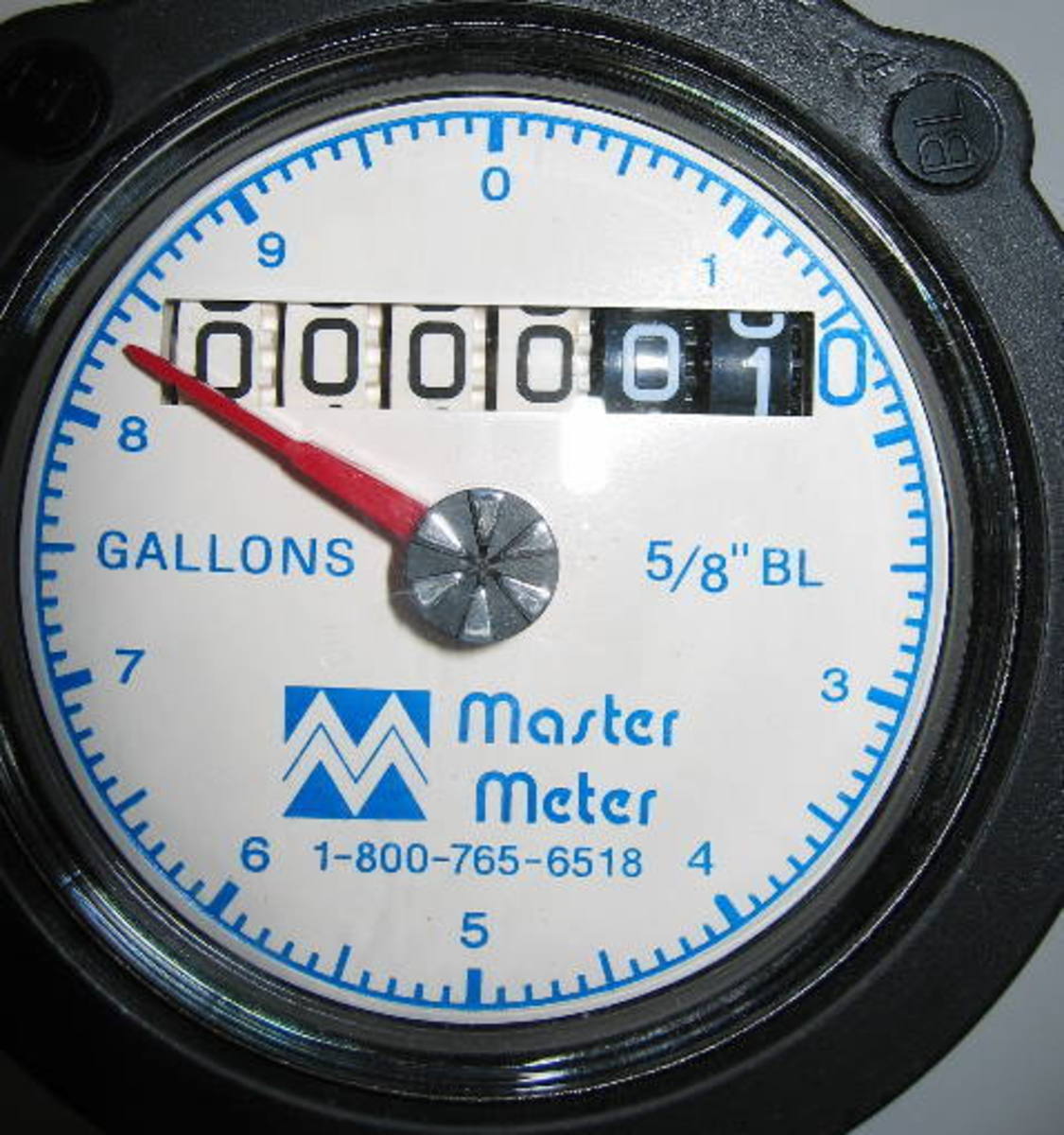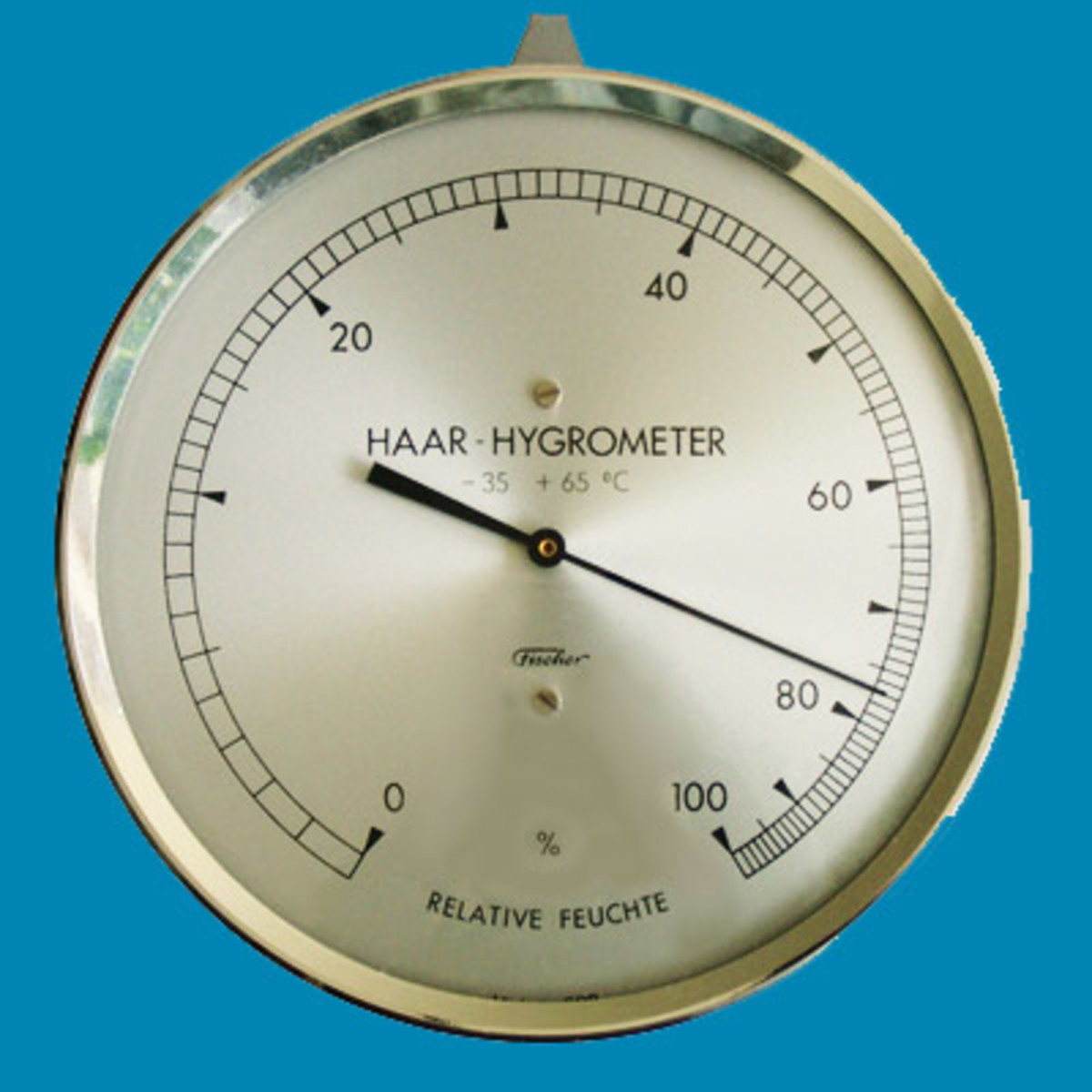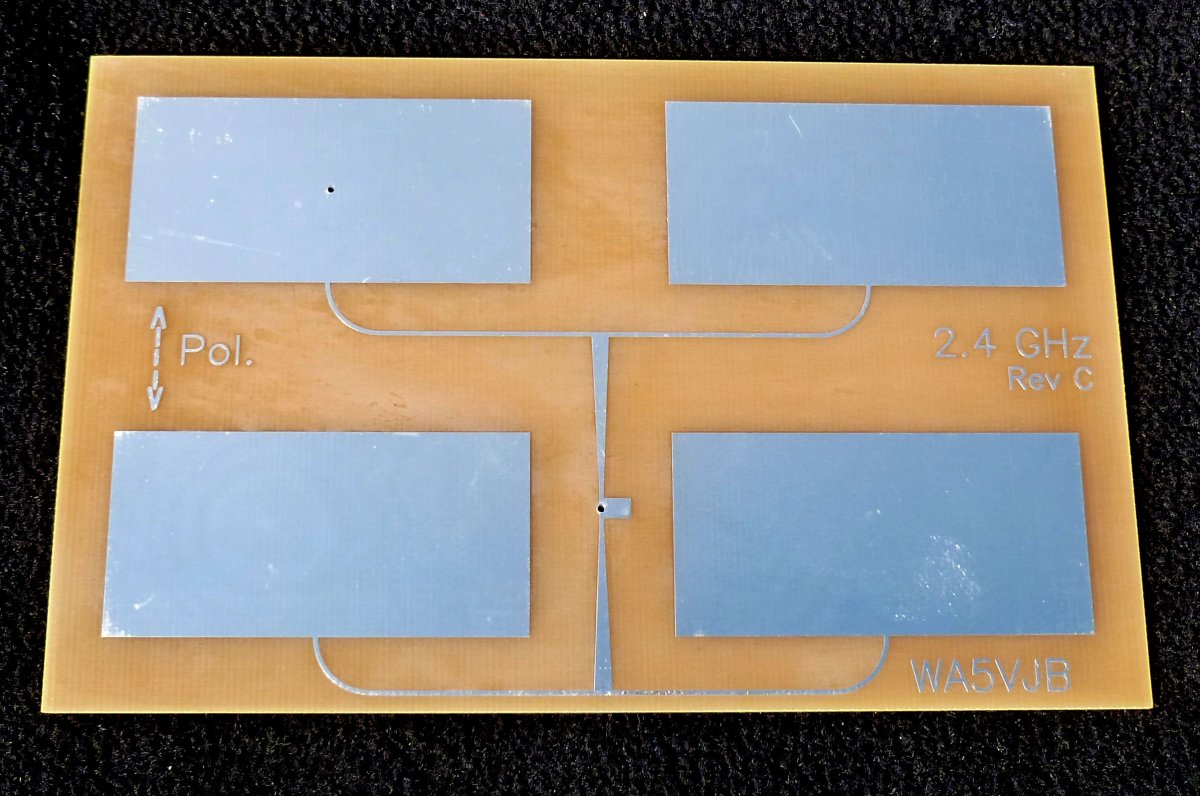How Does Lasers Work
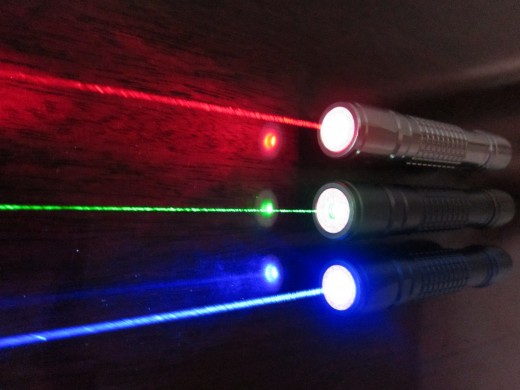
On a recent episode of one of my favorite television shows, "Parks and Recreation," the character, Andy Dwyer, played by Chris Pratt wants to go back to school and further his education. So he spends a day with his boss and his wife auditing classes to see what he would like to study. Of course one of the classes he attends is called, 'lasers.' This class was designed to teach students how lasers work and what they're used for. Andy, of course thought the class was all about simply using lasers. He even complains that the teacher isn't using a laser pointer during a presentation. Andy's search for the right classes got me thinking what types of lasers are there and what are they used for. The only 'laser' that comes to mind for me is the laser pointer, or the fake ones you see in a Michael Bay movie that destroy the Empire State building. Lasers can be solid, gas, liquid, or semiconductor. Lasers are classified by the type of lasing material used.
Table of Contents
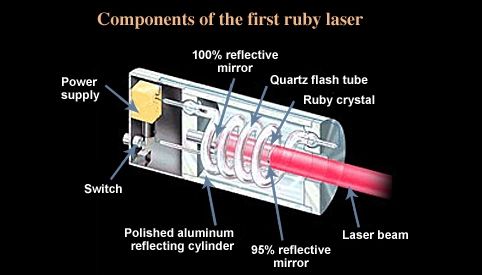
How Does Lasers Work?
The first ever working laser was called a “Ruby laser”, created by Theodore H. Maiman on May 16th, 1960. It was named after the red ruby crystal the system used. Here is a diagram of all the different components of the groundbreaking design that won Maiman two Nobel Prize nominations, the Oliver E. Buckley Prize, the Wolf Prize in Physics, and induction into the National Inventors Hall of Fame. For a more detailed description of how the laser works, check out this page!
Different Type of Lasers
- Solid-State Lasing Material - these lasers have lasing material distributed in a solid matrix. These lasers emit infrared light. The solid state usually consists of glass or crystalline host material. These solid-state lasers are being developed as weapons for aircraft like the F-35 lighting II. These are probably the lasers you see in that Michael Bay movie.
- Gas Lasers - These lasers have a primary output of visible red light. CO2 lasers are used for cutting hard materials so gas lasers are primarily used for laser cutting. Laser cutting are also "flexible machines used to cut a wide range of materials from metals, plastics and composites to paper, ceramics and wood" (Source: http://www.coherent.com/Products/?1899/Laser-Cutting-and-Machining-Tools).
- Excimer Lasers - these lasers mix different gasses to produce a light in the ultraviolet range. These lasers are used in LASIK eye surgeries. These lasers are used in the production of microelectronic devices and micromachining.
- Dye Lasers - These lasers use complex organic dyes in a liquid solution or suspension as the lasing media. These are found in much broader wavelengths.
- Semiconductor Lasers - these are sometimes called high power diode lasers and are used in smaller devices because they "require less power, generate less heat and have longer lifetimes than other laser sources" (Source: http://www.coherent.com/products/?786/Diode-Modules). They are usually used in writing devices for CD players or laser printers. These are the most common types of lasers and mostly found in telecommunication products, and are used in fiber optics communication. Another place these are found in bar code readers, visible lasers, such as laser pointers. Both low and high-powered diode lasers are used in the printing industry. These lasers the most commonly bought lasers than any other discussed earlier.
This should have given you some basic insight on the different types of lasers that exist. So next time you watch a movie with lasers, you may know what type of laser it is and what type of medium is used in that laser. You can impress people and tell them what type of laser is used for the laser pointer. Even if you decide to audit a laser class like Andy Dwyer, may be after reading this you will want to stay in and finish it because you already have a good head start.
Video: How Laser Works
Watch This Laser Pop Some Corn!
Lasers Used in Various Industries
Laser can be used in various industries including medical, military, entertainment, science, and art. In the next section, we will explore different areas of laser used in a variety of industries. First, let's take a look at movies that have incorporated laser to give us great visual effect and entertainment for our eyes.

What Are the Top 3D Laser Movies?
Lasers can create amazing 3D effects and it can be seen taking into effect in movie theaters. With images jumping out of the screen, it makes movies more entertaining, engaging, and real. Lasers technology is already at works in creating 4D movies, where audiences would be able to feel and touch what is being presented in the film. Hopefully that will be readily accessible worldwide, but for now we created a list of the top ten 3D movies already available.

